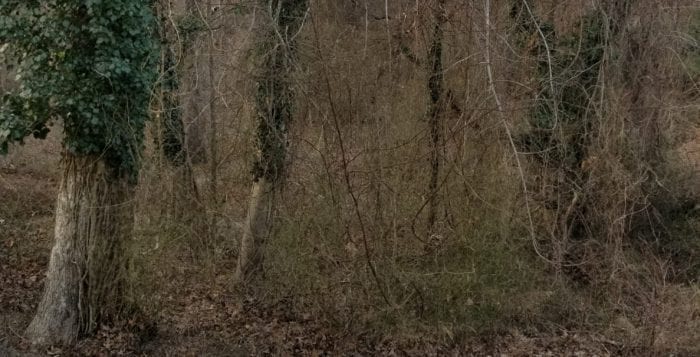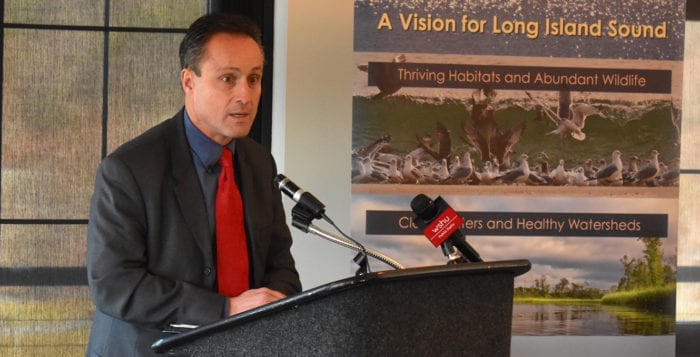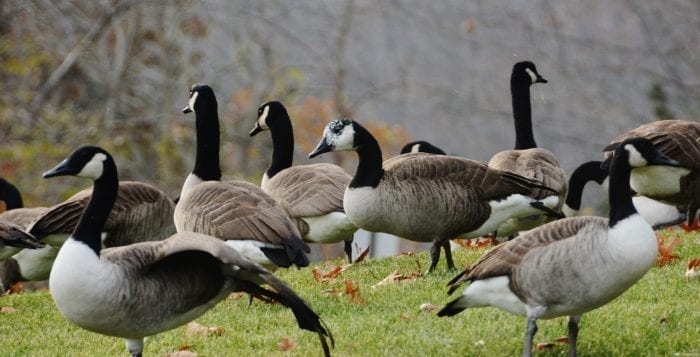By David Luces
County legislators are looking to restrict the sales of several plastics, some harmful to health and others harmful to the environment.
Suffolk County Legislator Kara Hahn (D-Setauket), along with members of the Legislature’s Single-Use Plastic Reduction Task Force announced four policy initiatives intended to reduce plastic and polystyrene waste in the county at a press conference Feb.13.
“Today we announce policies that will come to define our county’s environmental legacy for generations to come,” Hahn said in a press release.
“Long Island has some of the highest cancer rates in the country.”
— Sarah Anker
Hahn and the task force have outlined regulations directed at local businesses and the county. One of the proposed bills focuses on polystyrene, banning it in food service products including plates, cups, containers and trays. It would require businesses in the county to use biodegradable products, though the bill would exempt items used to store uncooked eggs, raw meat, pork, fish, seafood and poultry.
The U.S. Department of Health and Human Services classified styrene as a potential human carcinogen and, according to the U.S. Environmental Protection Agency, polystyrene manufacturing process is the fifth largest creator of hazardous waste in the United States.
“[Styrene has] recently been upgraded from a possible carcinogen to a probable carcinogen — a cancer causing chemical,” Legislator Sarah Anker (D-Mount Sinai) said. “Long Island has some of the highest cancer rates in the country.”
Hahn said polystyrene and plastics are causing a waste management problem as well.
“You see waste in waterways, on our beaches, on our roadways,” she said.
A second bill would require single-use plastic beverage straws and stirrers to only be given in Suffolk County by request as a means of reducing plastic consumption. As an alternative to plastics, businesses would give customers biodegradable products, such as paper straws. There is an exception for those who have a disability or medical condition.
Hahn and the task force also plan to prohibit the use of plastic products in all Suffolk County parks as part of their third initiative.
Legislator William “Doc” Spencer (D-Centerport) supports the proposed bills.
“We see that these things are happening — I know with the plastic bag ban there was some push back,” he said. “But it is nice to be able to do something that will make a difference and that works.”
In conjunction, the task force proposed a requirement that all future contracts with concessionaires at county parks include a restriction on the use of plastic and nonbiodegradable cups, utensils and
beverage straws.
Hahn and the task force advised the issue of waste produced by these products is a more urgent problem than some people realize, and the county needs to clean up its act.
“We as a society as a whole need to continue to research and study this issue and product.”
— Kara Hahn
These bills are a continuation of Hahn’s and others countywide initiative to reduce single-use plastic straws. One project, called Strawless Suffolk, started in July 2018 and looked for 100 seaside restaurants in Bellport, Greenport, Huntington, Northport, Patchogue and Port Jefferson Village take a pledge to stop using plastic straws by Sept. 3, 2018.
Hahn cites some landfills on Long Island are almost at full capacity and said that it not just about recycling more, rather its reducing the use of plastic items and to reuse things.
“We as a society as a whole need to continue to research and study this issue and product,” she said.”
To further decrease the use of plastic products, a fourth initiative will call to replace existing water fountains with new ones designed to allow bottle filling at county facilities that have 10 or more employees and in county-owned parks that have water dispensers.
“People will be less likely to use plastic water bottles and will be able to fill their own reusable bottle if they bring it with them to our county buildings, parks and beaches,” the Setauket legislator said.
The two nonlocal laws in the initiatives package, the installation of water fountains in county facilities and the concessionaires requirement, could be passed as early as March 5, depending upon legislative discussion and a vote. The other two local laws that apply to businesses in the county will require a public hearing, but could end up as law as early as April 9.
“Plastic waste has become a tangible threat to our $5.6 billion tourism-driven economy,” Hahn said. “We are Long Islanders, our identity is tied to the water.”



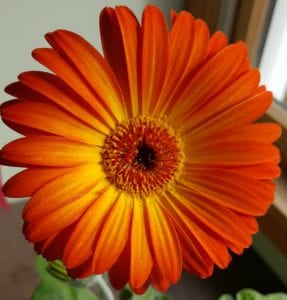 TBR News Media Classified Director Ellen Segal snapped this close-up image of the center of a beautiful Gerbera daisy, left, blooming in our production room using a Samsunb Galaxy Note 5.
TBR News Media Classified Director Ellen Segal snapped this close-up image of the center of a beautiful Gerbera daisy, left, blooming in our production room using a Samsunb Galaxy Note 5.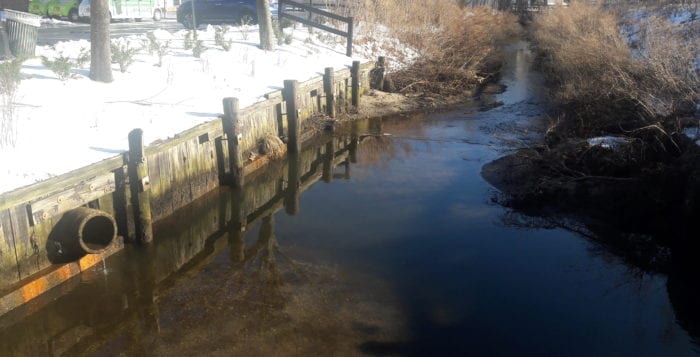

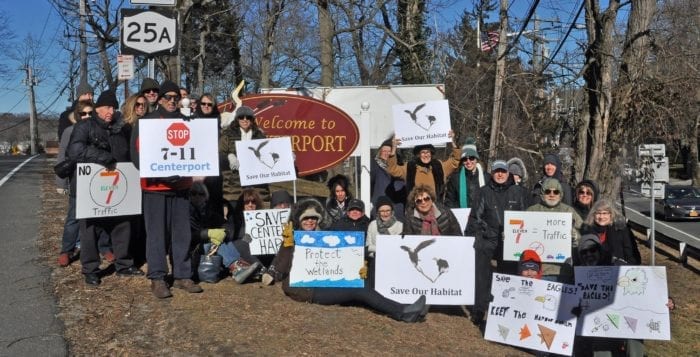
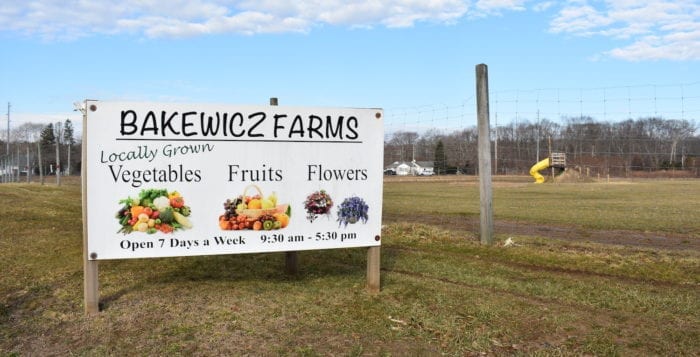
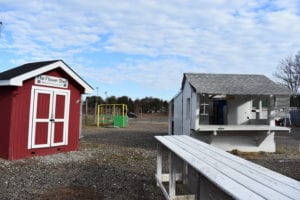 For years, New York State Gov. Andrew Cuomo (D) has set lofty goals for New York’s renewable energy production, particularly to have 50 percent of the state’s energy consumed to be renewable energy by 2030. In January, during his State of the State address, the governor announced the adoption of a Green New Deal to promote projects and jobs in the renewable energy economy.
For years, New York State Gov. Andrew Cuomo (D) has set lofty goals for New York’s renewable energy production, particularly to have 50 percent of the state’s energy consumed to be renewable energy by 2030. In January, during his State of the State address, the governor announced the adoption of a Green New Deal to promote projects and jobs in the renewable energy economy.